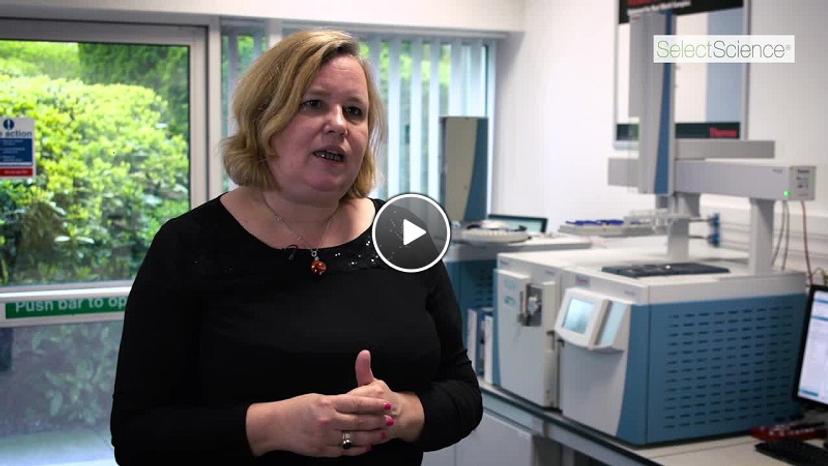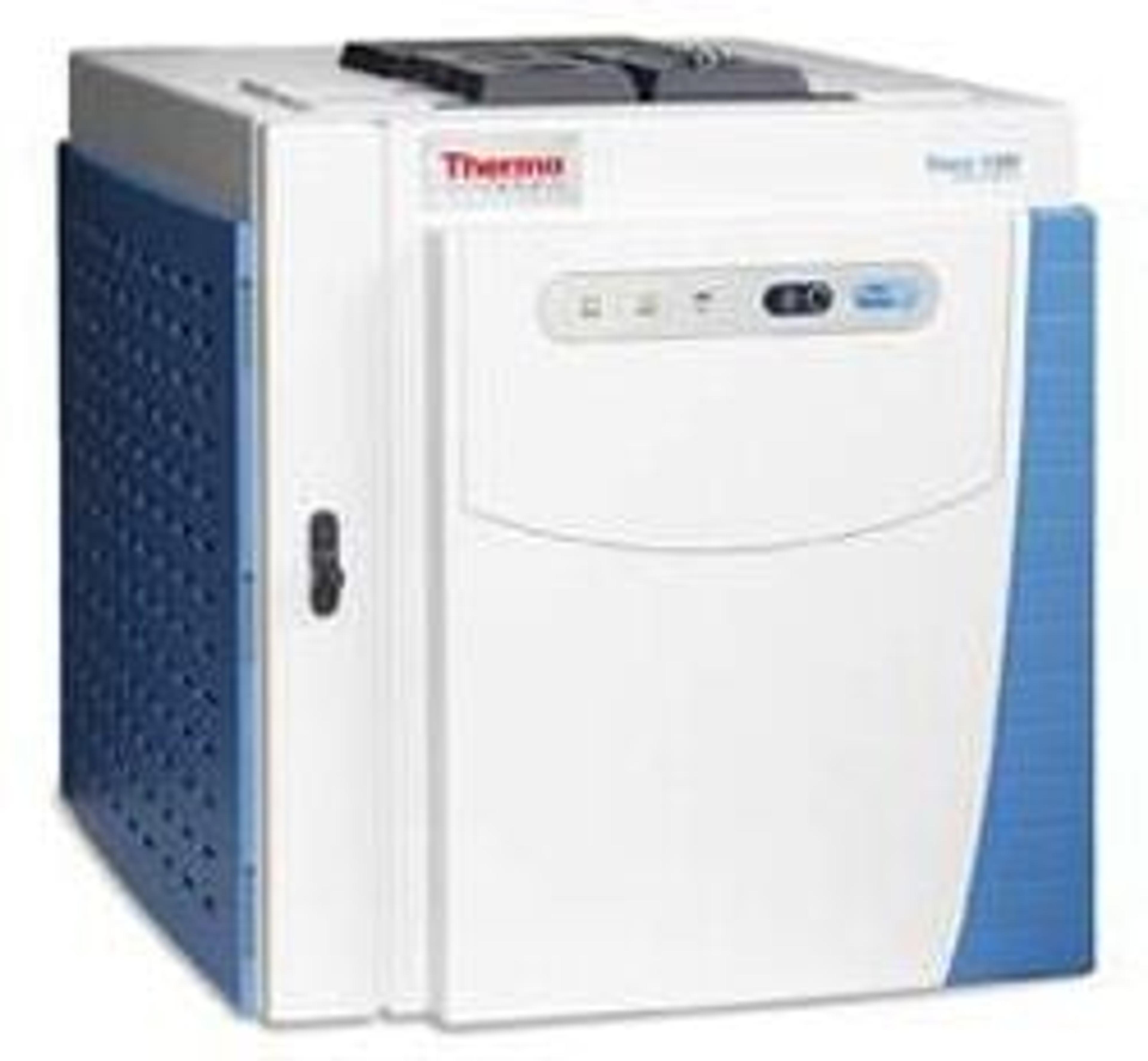Improving Efficiency of GC and GC/MS Environmental Analyses
Customization and high throughput bring productivity to organic contaminant analysis
11 Oct 2016

Inge De Dobbeleer, Marketing Manager GC & GC/MS EMEA, Thermo Fisher ScientificEuropean Water Framework Directive The EU Water Framework Directive commits all member states to achieve good qualitative and quantitative statuses for all water bodies, laying down strategies against water pollution through identification of priority substances and monitoring of different classes of contaminants.
Hear Inge De Dobbeleer, Marketing Manager GC & GC/MS EMEA, Thermo Fisher Scientific, explain how the Trace 1300 Series GC and the TSQ 8000 GC-MS/MS bring productivity and robustness to a range of environmental applications.
For the environmental industry, GC-MS is an effective technique for the analysis of pollutants such as volatile organic compounds, dioxins and pesticides. Designed together with scientists, Inge explains that one of the main features of the Trace GC “is the modularity of the injectors and detectors”, which allow modules to be “disassembled and sonicated”. Alternatively, they can be replaced with different detectors to suit the analysis of the target pollutant.
Other advances have also been incorporated into the mass spec, she describes, including a series of lenses “to guide the ions in the optimum pathway to the quadrupole”. A “heated pre-filter also helps to prevent the quadrupole from ion burning” she continues. In the future, Inge believes that “we will see a move for ever more compounds (analyzable) in one run from target analysis to screening analysis”.
We design the complete system with the productive lab in mind…
Inge De Dobbeleer Thermo Fisher Scientific

